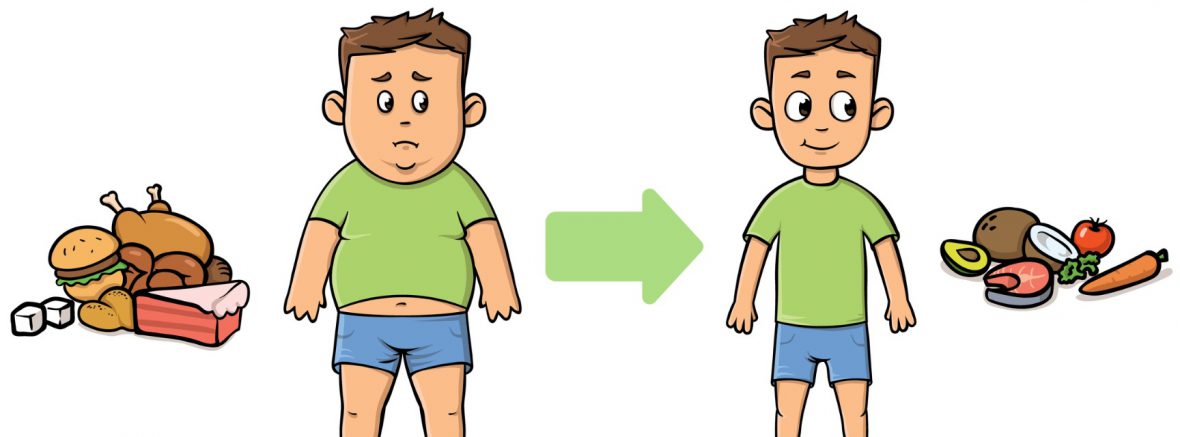There’s usually no single cause for being overweight or obese, and there’s no single solution either. But there are some simple steps you can take that will gradually shed pounds in a healthy way. (Hint: To weigh less, cook more!)
Home cooking puts you in control of what goes into your food and your body.
Here are some guidelines to get you into the kitchen and cooking healthy!
- Put vegetables at the top of your shopping list and plan your meals around them instead of what kind of meat you’re going to prepare. Formula: more veggies; less meat. Beans are a vegetable, so have tacos with beans instead of hamburger, and add plenty of freshly chopped salsa, tomatoes and lettuce. The same goes for your lunch. Make sandwiches with less meat, and pile on the veggies. Go beyond lettuce and tomato! Add cucumbers, sprouts, spinach and sweet bell pepper strips. Hold the mayo, or use the low-fat or fat-free kind.
- Skip the sugary stuff. Sugar has calories, but no other nutritional value. Some sugar occurs naturally in fruits, vegetables, milk and grains. One culprit in undermining weight loss is often “added sugar”—the kind added to food and drinks during processing, as well as the obvious sugar bowl on the table. If you’re cooking at home, you probably won’t be adding sugar to your minestrone soup, but manufacturers might. Rethink your drink.
- Eat it all. You read that right, for wheat that is. Choose breads, crackers and cereals made from whole grains, which contain all the parts of the grain. Refined grains are stripped of their healthy outer coat (bran), which lowers some of the nutrients in the grain. And eating whole food fills you up, not out—a real boon for your weight loss efforts. Brown rice is a whole grain; white rice is not. Similarly, removing the skin from fruits and vegetables decreases their fiber content. It’s better to eat an apple than to drink apple juice.



